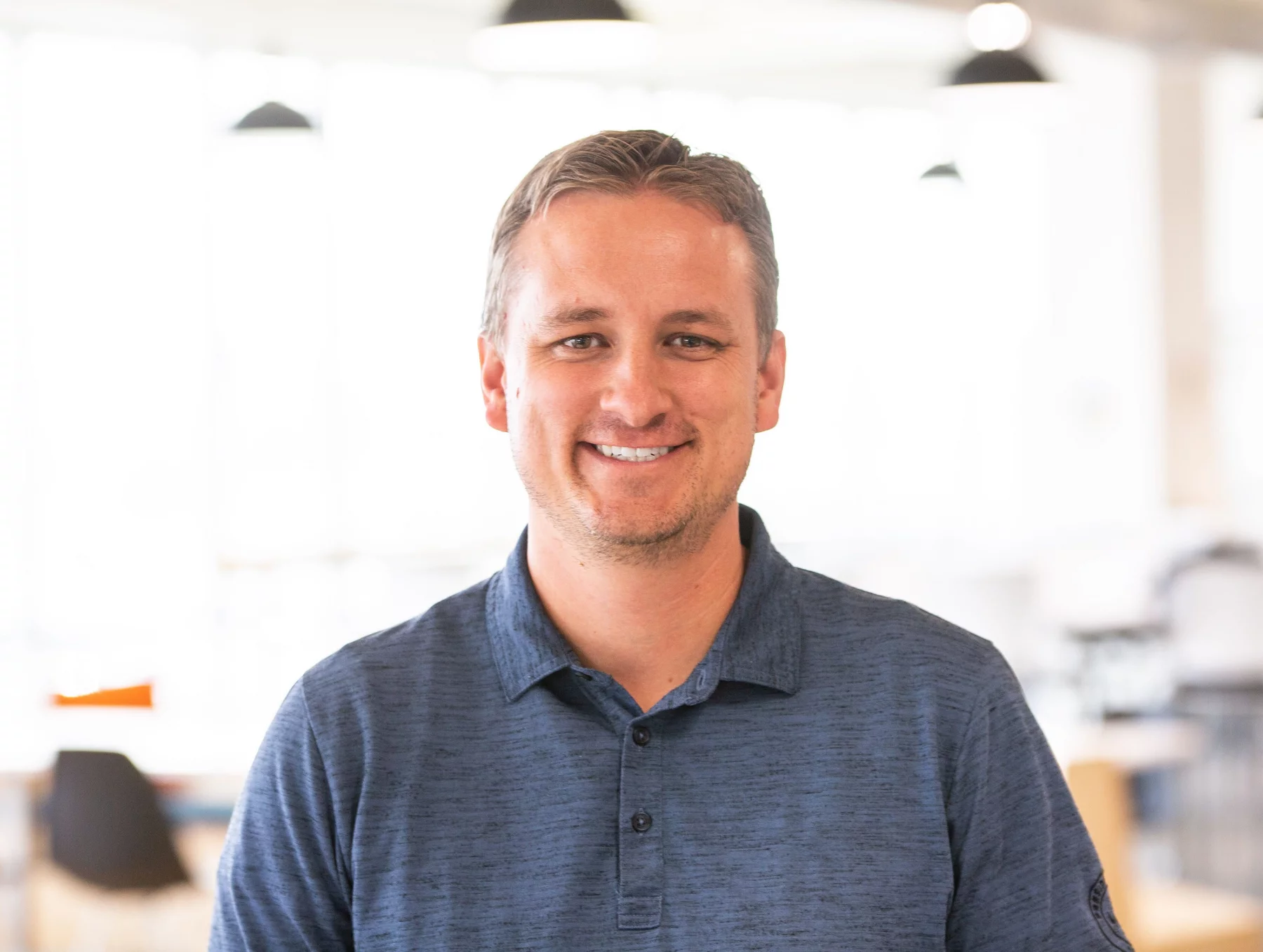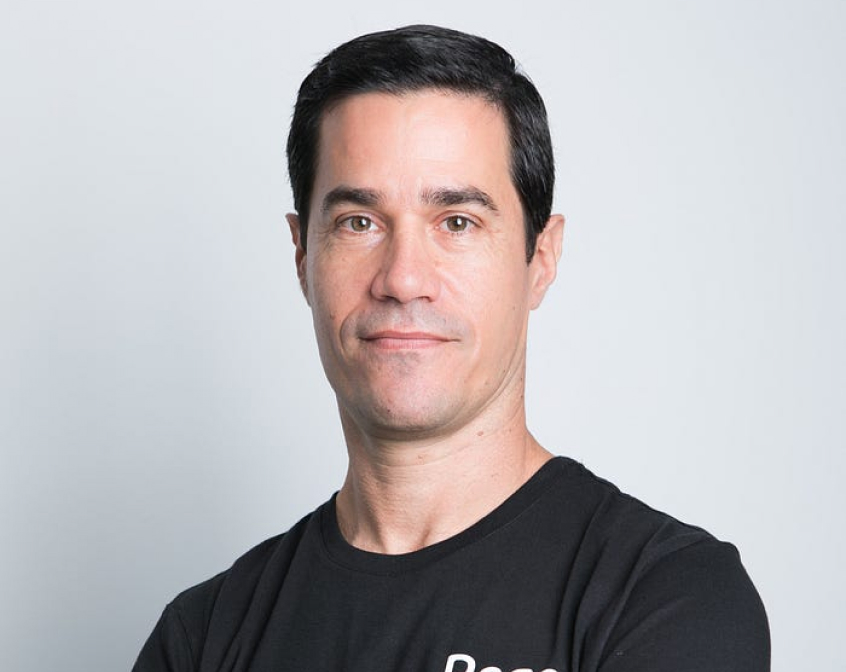By understanding both the technical and human aspects of enterprise software, Sunil Rao, co-founder and CEO of Tribble, has built an incredible career. Starting as a software engineer at SAP, Sunil initially resisted any involvement in sales. “If you asked me when I was in engineering if I wanted to do sales, I would have told you, ‘Hell no, absolutely not,'” he said. That perspective would evolve dramatically as his career took him from building enterprise software to becoming General Manager of Consumer Goods at Salesforce, and now serving as founder and CEO of Tribble, a rapidly growing AI-powered platform that helps companies scale their go-to-market (GTM) knowledge.
We recently spoke with Sunil about his evolution from engineer to founder, how enterprise software buying patterns are shifting in the AI era, and why scaling organizational knowledge remains one of the biggest challenges in GTM execution.
Engineering Roots Shape a Sales Mindset
Sunil’s journey began with writing code, first building training applications for Lockheed Martin as a contractor, then joining SAP full time as a software engineer to work on deep industry products for consumer packaged goods (CPG). “I had no idea what I was building,” Sunil said of his early days. “You’re building something to the specification that a product manager gives you, but you don’t fully understand it or get to add your own flavor.”
This initial distance from the business impact of his work would prove instrumental in shaping Sunil’s perspective on the importance of customer understanding. After 5 years of building software at SAP, he transitioned into consulting roles, putting him face-to-face with customers for the first time. “That helped me be in front of the customer, understanding the business process, and understanding their pains,” he said.
The shift from pure engineering to customer-facing roles marked a fundamental change in how Sunil viewed the relationship between technical expertise and sales. “I always held sales as this thing that was difficult to do, that my brain couldn’t grok, and I always viewed that as a separate thing,” he mentioned. “But when I was both building the product and getting in front of the customer, I realized that consulting is continuation of sales because you’re helping the customer realize value from what you’ve built.”
This realization led Sunil to take what he called “the leap” into a pre-sales role. His technical background proved to be an unexpected leg up. “Being technical to begin with gave me an advantage because I was able to iterate through solutions, but then translate it to the language of the business and empathize with the customer,” he said.
The Knowledge Scaling Challenge
The challenges of scaling enterprise knowledge became apparent during Sunil’s time leading Salesforce’s consumer goods vertical. “My team’s job was to build sales plays and solution architecture that could be positioned with companies in that vertical,” he said. “We were acting as an enablement layer and translating the domain knowledge into something consumable by the field.”
Despite its efforts to create scalable enablement, the team found itself repeatedly drawn into individual deals. “Instead of finding a very scalable way to enable the masses, the top 10% of deals always had us involved,” Sunil said. The challenge intensified when he took over product development for the vertical. “Not only did I have to be responsible for building, shipping the product, and making sure it sells, but I also had to bring the entire sales community, the entire go-to-market community, customer success, and partners along for the ride. Once again, the bottleneck became the experts on my team.”
This pattern revealed a fundamental constraint that exists across industries: “How do you scale the limited knowledge in a select few people to everyone in the organization? And how do you do it without just making more and more PowerPoint decks?” Sunil said. “If you go into medical devices, for example, there are very long and complex sales cycles. You have all these supporting functions. How do you scale the limited knowledge in a few people to everyone?”
After cataloging these challenges throughout his career, Sunil began to see Request for Proposals (RFPs) as a concrete entry point to tackle the broader knowledge scaling problem. “RFPs embody the lack of technical and domain expertise that usually exists. There’s only a limited number of people in the company that can answer them end-to-end, and they’re usually swamped,” he said. “When they’re doing these, they’re not doing their actual job, but rather stretching themselves thin on ad-hoc work. So we said, ‘Okay, if we build a product, why don’t we solve that first so that we can scale the product to solve the other problems in the future?’”
Meeting Users Where They Work
When Sunil started Tribble, he recognized several converging factors that would shape his approach. “In my mind, there were some emerging forces at play. One of them was the emergence of generative AI,” he said. “The second thing that was happening: If you talk to any customer, they are sick of the number of SaaS solutions that they have bought and accrued over time.”
This SaaS fatigue influenced a core strategic decision: Rather than build another standalone platform, Tribble would meet users where they already work. The company developed integrations for Chrome, Slack, and Microsoft Teams, following users across their existing tools.
“If they can trigger their work there, instead of having to go to a separate app, they’ll do that happily,” Sunil said. “How do you follow the user around the multiple SaaS tools they’re using instead of trying to make them go to yet another tool?”
The rise of AI also shifted how Sunil thought about user interfaces. “Software has always been something that you create for the average experience of most users. You create an interface for a group of users or an industry, and then everyone has to learn how to use the interface,” he said. “With this changing curve on technology, my thesis is that it’s going to flip on its head. Interfaces will be personalized more and more to the individual.”
Early customer conversations quickly revealed that data security would be fundamental to adoption. “The first thing that people were asking us was, ‘Is my data going to OpenAI? Is it going to this other provider?'” Sunil said.” We had to build a trust layer within our own infrastructure and make sure data is obfuscated to give customers comfort. We didn’t have a choice, but at the same time, it’s probably one of the most important things for the customer.”
Defining Product-Market Fit Amid Change
Product-market fit manifested differently for Tribble than what Sunil initially expected. “There’s a line that you cross,” he said. “Some of the early signals were customers referring us to other customers, and that occurring at an increasing scale.”
In kind, AI’s rapid evolution has expanded what’s possible. “Customers have a lot of ideas in terms of, ‘Hey, you could probably also do this,'” Sunil said. “The AI space is so new in a lot of the verticals that we’re playing in, so I think it’s a little bit different than saying product-market fit in a specific domain because the domains themselves are also expanding.”
According to Sunil, this experimentation phase requires a delicate balance. “You’re naive on day one because you think that you can probably get a lot done in a very short amount of time, and it turns out that’s not true,” Sunil said. “You have to spend a lot of time thinking about the problem, thinking about who you go after. But then I’ll contradict myself — you just have to go and do something. You have to take action so that you can learn from the data. You have to talk to customers.”
Sunil’s approach has yielded insights about how prepared his company and customers are for AI adoption. “We call it AI readiness,” Sunil said. “We’re basically helping the customer think about what they need to change before they can ingest this in a productive way. Because if you’re inefficient, then you ingest this, your inefficiencies will also grow.”
Startup Leadership in the AI Era
The transition from leading teams at Salesforce to founding Tribble brought stark contrasts in Sunil’s approach to decision-making and leadership. “A big company gives you the luxury of moving slowly, even at a big company that moves fast. You can move much slower and be much more deliberate because there is a massive support system around you,” he said. “When you’re a small company under 10 people, you have to make decisions fast. You have to understand if people are a fit very, very quickly.”
This shift in pace further shaped how Sunil thinks about building his team. “The team that got us here won’t be the team that gets us to the next step,” he said. “It’s a hard thing to internalize, but you should welcome this change, because you inject new knowledge, you inject new capabilities, and you make the entire organization better.”
His experience building sales organizations also influenced how Sunil approaches compensation and incentives at Tribble. “When you look specifically at functions like sales, it’s very black and white. If you want to generate revenue in a specific direction, you incentivize them in that direction,” he said. “You can build the incentive model around the behavior you want, and you can be very precise about it.”
While early-stage founders often obsess over profitability, Sunil takes a different view. “It took me some time to realize that profitability is not the thing to optimize for in a company of this size. It’s getting customers, getting more data, understanding what they actually need, and making the core product better,” he said. “When the product is better, then you can command a higher margin, and you can defend your price point. When the product is not as good or not as known, it’s much more difficult.”
His experience at Salesforce also shaped his approach to fundraising and investor relationships. “I always talk to other folks who don’t know how to raise money, because for me, the barrier to entry for building my company was always not understanding how I’d finance it,” Sunil said. “Going through the fundraising process and the number of ‘Nos’ that you receive very early on — it builds character. Definitely approach it with humility. Know that it’s not personal.”
Building for Long-Term Impact
The day-to-day demands of running an early-stage company leave little room for breaks, a reality Sunil has embraced. Despite these challenges, Sunil remains focused on the broader mission of transforming how companies scale their expertise.
“When our customers have the ‘aha’ moment, it’s when they start using us and see the extension beyond the initial use case,” he said. “The value goes beyond just answering RFPs: It’s about how do you digitize this idea of the technical expert more and more, the idea of the sales engineer, and what kind of job the sales engineer does as a company?”
This vision of technology augmenting, rather than replacing, human expertise drives Tribble’s approach. “The more you expose the thought process and the more you expose how you did it, the less likely the user is to distrust this,” Sunil said. “If you show your work, people are happier.”
Related Articles

Building Smarter with AI: A Roundtable with UiPath’s Ed Challis
Ed Challis, Head of AI Strategy at UiPath, recently led a roundtable discussion with Crew Capital portfolio company founders and…

Dave Grow, CEO of Lucid: Fostering a Collaborative Mindset, from Product to People

Chris Turlica: Scaling Culture through Hyper Growth
We recently sat down with Chris Turlica, the founder and CEO of MaintainX, to talk about how he and his…







